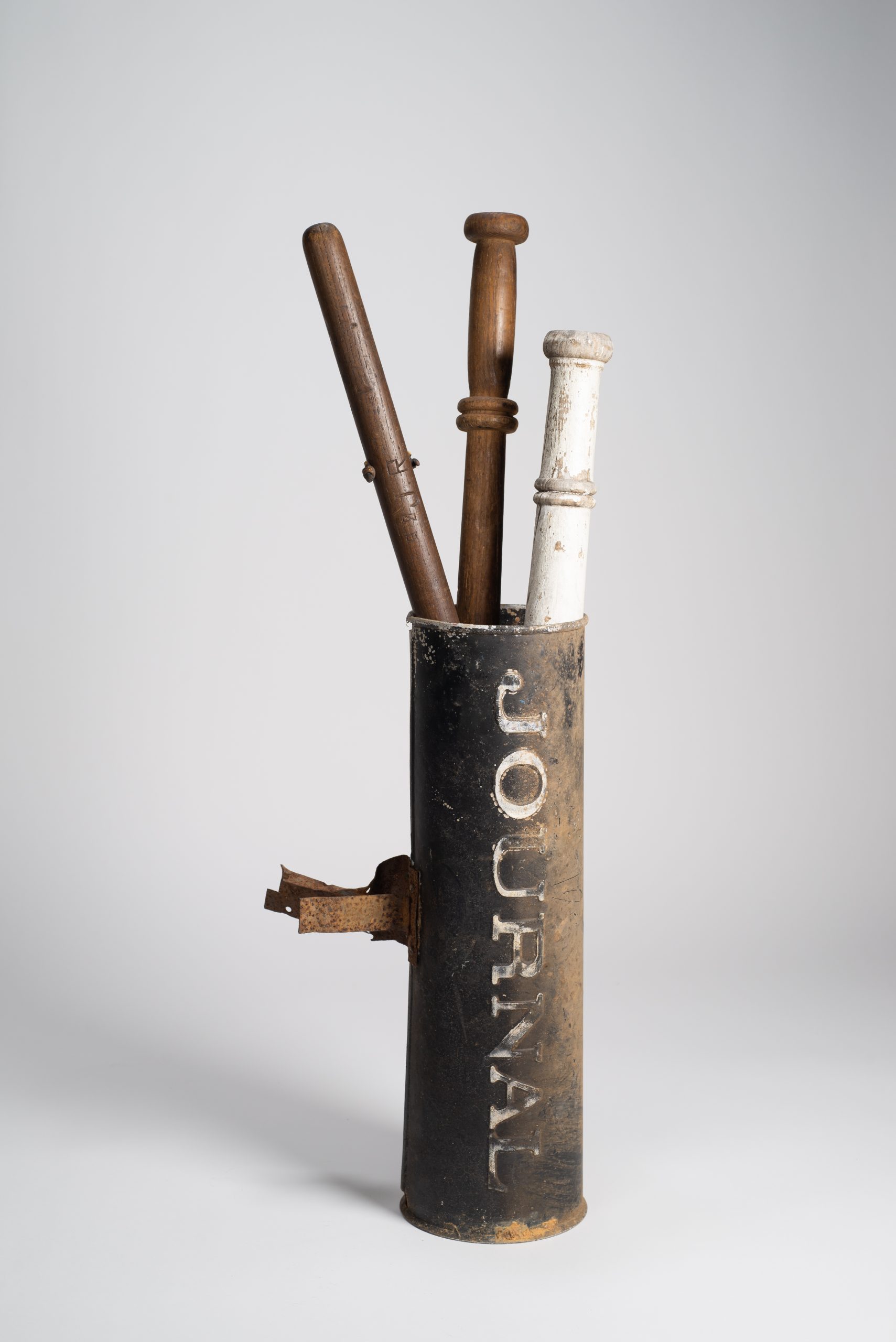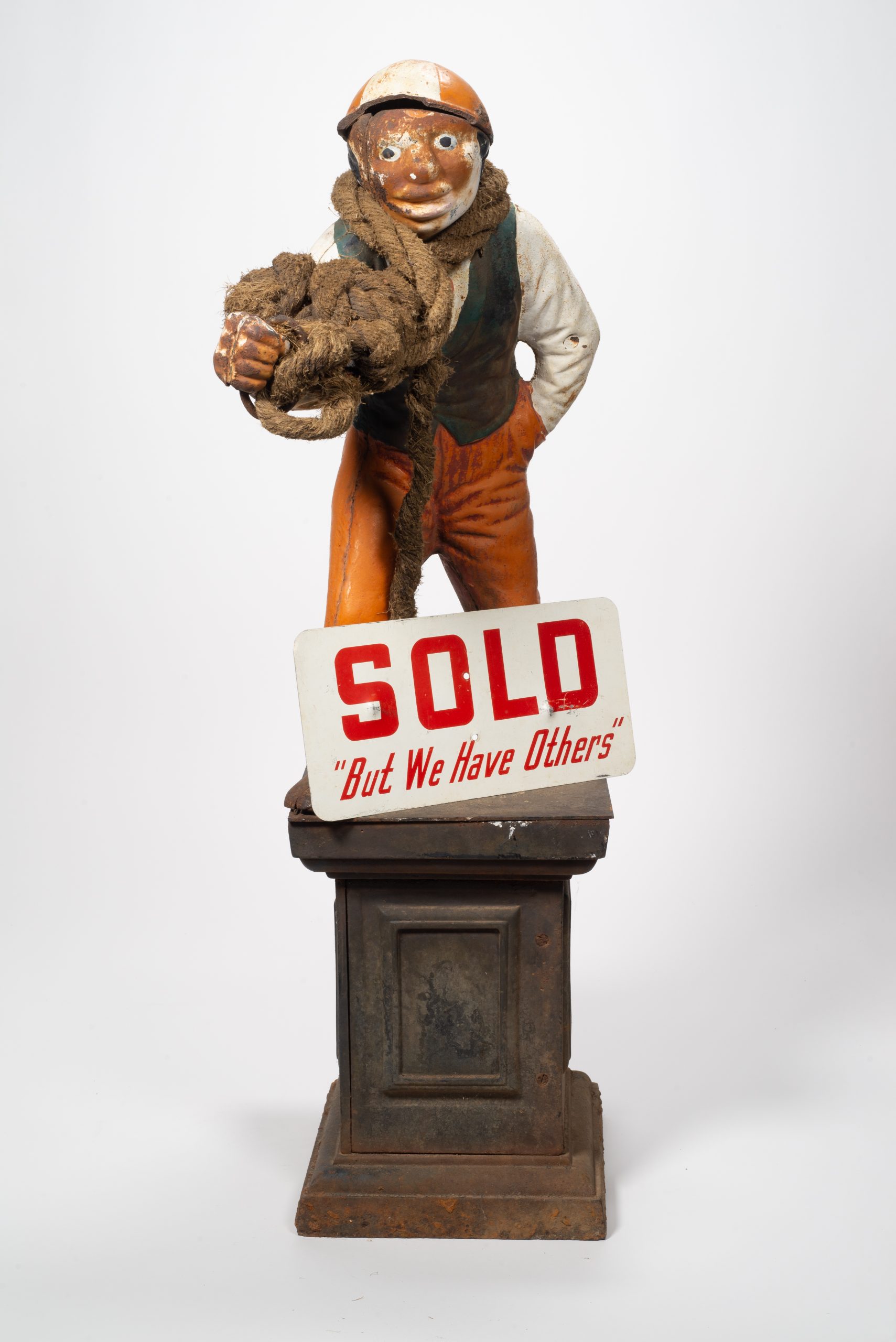


“I am different. I want to say that I’m self-made, but I’m self-concerned. My curiosity and creativity learn to balance each other.”
Our Displacements exhibition wrapped up with a conversation between artist Lonnie Holley and Dr. Ted Rosengarten, a historian who has produced significant research on African American life and culture. Although the conversation initially focused on Holley and his work, he made a point to discuss the negative effects of the pandemic as it relates to wealth disparities, homelessness, and displacement. “Homelessness is the worst kind of slavery,” he exclaimed. For many years of his life, Holley felt as if he didn’t know who he was. Having his identity taken from him was a form of displacement, perhaps even a form of homelessness. “Sometimes white-washing is an example of taking what you have and taking away your identity,” he said.

Lonnie Holley is a wise and imaginative person. Not only is he recognized for his visual art, but he is also an experimental musician, both of which have allowed him to travel around the world. His creativity comes from struggle, hardship, furious curiosity, and ambition. Born in 1950 as the seventh of twenty-seven children, his early life was tumultuous. His mother gave him away to a burlesque dancer and he never experienced a real childhood. At the age of eleven, he was sent to the Alabama Industrial School for Negro Children, a modern-day slave camp where Holley endured horrific treatment. “To some, there was no schooling,” he said. Holley states that he didn’t really know who he was until later as a teenager.
Self-taught as an artist, Holley learned how to salvage and repurpose objects from his Grandmother. One day, he shaped a piece of scrap wire into a butterfly and presented it as a gift to her. Later in life, when his sister’s two children died in a house fire, he carved grave markers from discarded stone linings. Both of these examples display how intensely personal his art is, and how it touches upon his traumatic childhood while also exploring shared histories and current events. Holley’s work incorporates both natural and manmade objects with cultural association. His narrative sculptures are constructed to commemorate places, people, and events. “People need to visit landmarks and see what is happening in America in order to make a greater presentation of information. Everything doesn’t need to be pretty. Don’t sugarcoat it and don’t whitewash it.” Profiles often appear in his sculptures, honoring individuals he knows personally as well as ancestors who came before us.

Today, Holley resides in Atlanta, Georgia where he lives and continues to work as an artist while also being attuned to consumerism and other societal problems in America. While some will discard their waste without much thought, Holley will reinvest it into something with purpose and significance. If any inspiration can be taken from this, it’s that we should utilize the resources that we already have, and create something meaningful from them.
By Sarah Berry, education coordinator
Images:
Top – Lonnie Holley, Chain Gang, 2018. Found military forks, padlocks. Image courtesy of the artist
Middle – Lonnie Holley, The Journal, 2017. Newspaper box, billy clubs, bedpost. Image courtesy of the artist
Bottom – Lonnie Holley, Sold: But We Have Others, 2017. Lawn jockey, rope, sold sign. Image courtesy of the artist